How and why do they spark and spread?
The January 2025 California wildfires spread quickly and destroyed everything in their paths. So how exactly did they begin? Wildfires are not random; they are driven by specific scientific principles that involve heat, oxygen, and fuel. Understanding how these wildfires began and spread is crucial in both preventing and combating them.
All objects have a temperature at which they will burst into flames (1). This is a chemical reaction called combustion, which occurs when oxygen in the air joins with fuel. This interaction is often called the “fire triangle” (4). According to Joseph Roise, a professor at NC State University, who studies wildfire behavior, human carelessness is the biggest contributor to ignitions (5). Wildfires rarely occur naturally, either due to a lightning strike or by the sun’s heat (2). Some more common causes of wildfires include unattended campfires, fireworks, barbeques, and arson.
Fire triangle
Three major factors contribute to the start of a wildfire. These elements are fuel, oxygen, and an ignition source such as heat from lightning or human activity (3). Fuel is any material that can burn, such as dry vegetation. The heat component is classified as a source of energy that raises the fuel to its ignition temperature, or “flash point” (6). Finally, oxygen combines with the heated fuel for the chemical reaction to occur. Once these components are present, the fuel heats up and releases gases that mix with the oxygen in the air. This interaction causes combustion and creates the heat that drives the wildfire. If any of those pillars are removed, the fire cannot continue burning. For this reason, firefighters focus on eliminating these key factors to stop the spread (3). Places with an abundance of fuel, oxygen, and an ignition source are the most likely to catch fire, which is why fires in forests are the most customary.
Several factors lead to this spark’s spread, including fuel, weather, and topography (3). Topography refers to the physical features of the landscape, such as slope elevation and the direction a slope faces. Wildfires spread faster on steep slopes, as heat rises, preheating the vegetation higher up (8). In addition, the moisture content and intensity of the fuel play a significant role in how quickly the fire will spread (7). Drier items catch fire more easily and burn with greater intensity. Weather conditions, particularly wind, temperature, and humidity, can either help or harm the spread of a fire. Winds supply additional oxygen to the fire, causing it to burn faster. High temperature and low humidity also dry out the fuel, creating the perfect conditions for fire (7).
Forest fire: The Rim Fire in the Stanislaus National Forest
In conclusion, wildfires are complex phenomena driven by a combination of fuel, heat, and oxygen. These three elements must be present for a fire to ignite and sustain itself, making forested areas with plenty of dry plants ideal locations for fires to start. Once started, the spread of a wildfire is influenced by weather, topography, and the characteristics of the fuel itself. Understanding these factors is critical in both preventing wildfires and effectively managing their impact. As we continue to face warmer and drier conditions, recognizing the science behind wildfires will be essential in developing strategies for prevention.
Bibliography:
- Harris, T. (1970). How Fire Works. Retrieved from https://science.howstuffworks.com/environmental/earth/geophysics/fire.htm
- Moore, A. (2021). Explainer: How Wildfires Start and Spread. College of Natural Resources News. Retrieved from https://doi.org/10/2021/12/12032021-wildfire-mountain-unsplash-featured
- Anne, E. (2025). Wildfire science | Environment and Climate Change. Retrieved from https://www.gov.nt.ca/ecc/en/services/wildfire-operations/wildfire-science
- The Fire Triangle. (2025). Retrieved January 20, 2025, Retrieved from https://www.sc.edu/ehs/training/Fire/01_triangle.htm#:~:text=Oxygen%2C%20heat%2C%20and%20fuel%20are,the%20fire%20will%20be%20extinguished
- Moore, A. (2025). How Strong Winds Complicate Wildfire Containment Efforts. College of Natural Resources News. Retrieved from https://doi.org/10/2025/01/california-wildfire-firefighters-istock-1500×844-1
- Santos, S. M., Nascimento, D. C., Costa, M. C., Neto, A. M. B., & Fregolente, L. V. (2019). Flash point prediction: Reviewing empirical models for hydrocarbons, petroleum fraction, biodiesel, and blends. Fuel, 263, 116375–116375. Retrieved from https://doi.org/10.1016/j.fuel.2019.116375
- Fire behaviour. (2025). Retrieved from https://www.sciencelearn.org.nz/resources/763-fire-behaviour
- What is? TOPOGRAPHY. (n.d.). Retrieved from https://www.nwfirescience.org/sites/default/files/publications/FIREFACTS_Topography.pdf
Images:

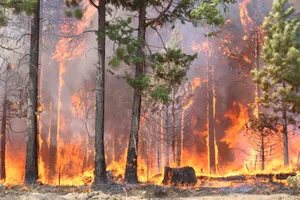
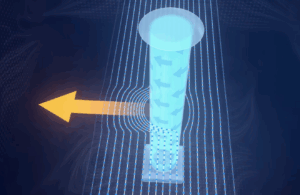
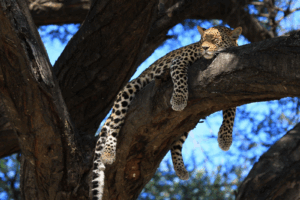

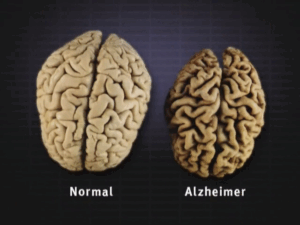



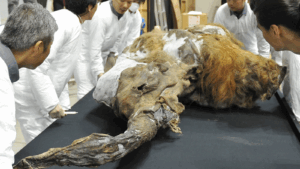


Comments are closed.